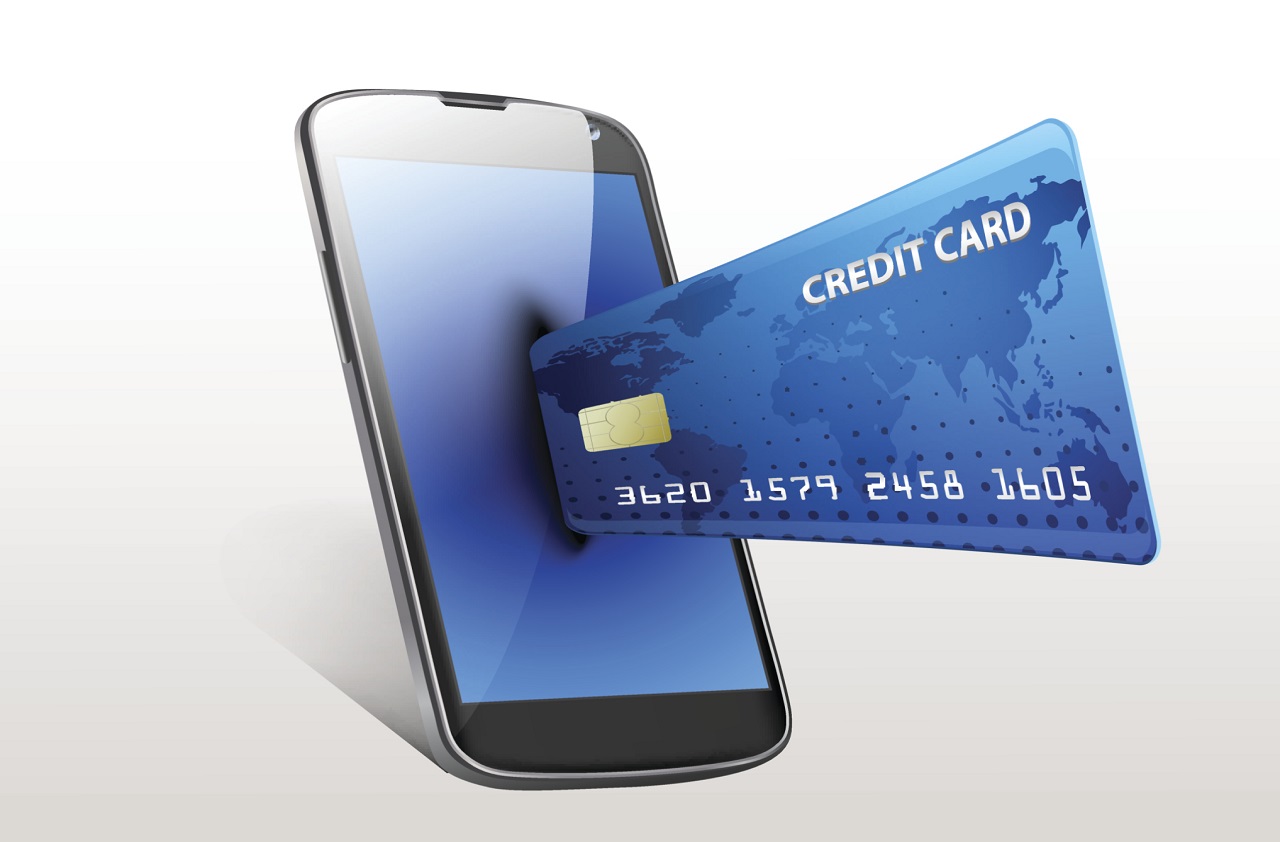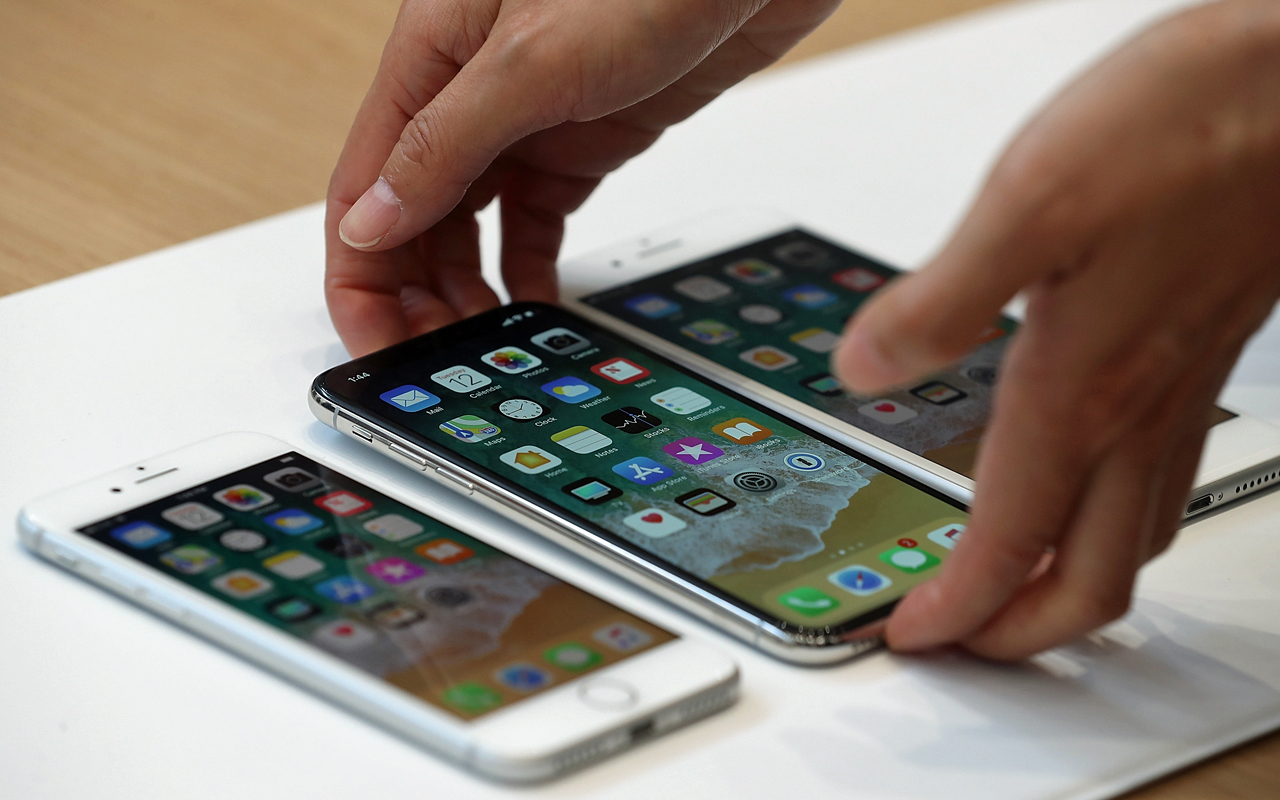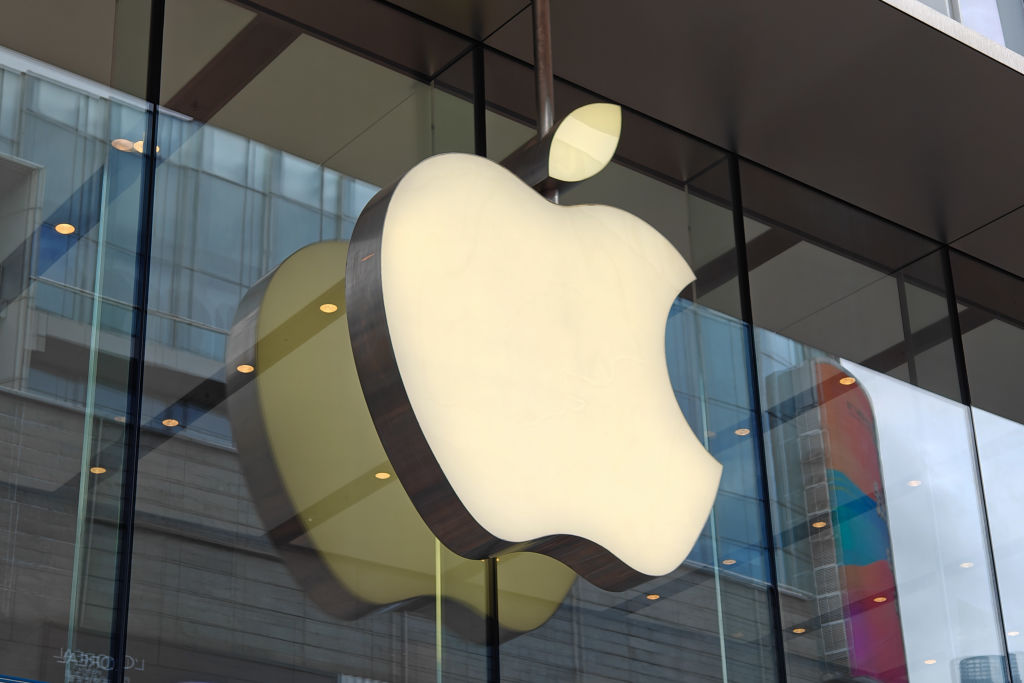New Ways to Pay With Your Phone
Samsung, Google and a few big banks are vying with Apple to put a mobile wallet in your pocket.


Two powerful contenders are competing with Apple Pay to replace your leather wallet with a virtual one and let you make credit and debit card payments with a tap of your phone. Google has unveiled a revamped wallet for in-store payments, now known as Android Pay. The new Samsung Pay, available on the newest generation of Samsung Galaxy smartphones, can be used almost anywhere you can use a credit card—-not just in stores equipped with upgraded terminals. Banks and retailers are also getting in the game with their own payment applications.
Although you can’t make payments everywhere with most mobile wallets, they’re becoming more widely accepted. As retailers upgrade their point-of-sale terminals to allow transactions involving a credit or debit card with a microchip, many are getting near field communication (NFC) capability as part of the package, says Christopher Cox, vice president of mobile commerce solutions at First Data, a payment services provider. NFC is the technology that enables contactless mobile payments, such as the “tap and pay” methods that are features of the Apple, Android and Samsung wallets.
Mobile wallets are hot in the tech world, but consumers are copping a cooler attitude. Nearly one-third say they’re unlikely to use contactless mobile payments, and another 29% say they feel neutral about them, according to a Javelin Strategy & Research survey. Many who spurn virtual wallets are concerned about security or are more comfortable swiping a credit card than whipping out their phone at the register. Integrating more features that truly make mobile wallets more convenient than traditional ones—such as seamlessly accounting for loyalty and rewards programs as you pay, storing digital coupons and receipts, and providing on-the-spot price comparisons as you shop—is a key focus for developers, says Cox.

Sign up for Kiplinger’s Free E-Newsletters
Profit and prosper with the best of expert advice on investing, taxes, retirement, personal finance and more - straight to your e-mail.
Profit and prosper with the best of expert advice - straight to your e-mail.
If you’re comfortable using a mobile wallet, the best choice for you will depend on which phone or tablet you have, which payment cards you use, and where you like to shop. You can use apps such as Gyft and Key Ring to store gift and loyalty cards until mobile wallets incorporate them more directly.
The big three. Whether you pay with the Apple, Android or Samsung wallet, the checkout process is similar: Hover your phone over the payment terminal and verify the transaction on your phone with your fingerprint or a passcode—no need to navigate to an app. You can use Apple Pay or Android Pay only if the terminal displays a symbol indicating it is compatible with the app or can handle contactless payments (four vertical curves in a row). But with Samsung Pay’s built-in technology, you can complete a payment even if the retailer’s terminal doesn’t support NFC by holding your phone near the magnetic-stripe card reader. (Samsung Pay won’t work anywhere that requires you to slide your card into a slot, such as at a gas pump.) Recently, Samsung Pay supported credit and debit cards from American Express as well as major banks, including Bank of America, Chase, Citi and U.S. Bank. And you must have service with a participating wireless carrier, including AT&T, Sprint, T-Mobile and Verizon Wireless.
Android Pay is pushing into territory beyond payments. One program in the works: If you buy a product at an NFC-enabled Coca-Cola vending machine, you automatically earn My Coke Rewards points, which you can use for future purchases. Plus, you can store loyalty and gift cards from many retailers—by scanning their bar codes with your phone’s camera or entering their identification numbers—then flash them at checkout. Android Pay works on devices that run the KitKat (4.4) version of the operating system (or a newer one) and that support NFC. You can add eligible cards from American Express, Bank of America, Citi, Discover, Wells Fargo and more.
Apple Pay is available on iPhone 6 and newer models, as well as the Apple Watch. Like Android Pay, Apple is starting to incorporate rewards when you pay. For example, if you add the Walgreens Balance Rewards loyalty card to the wallet, you’ll receive and redeem rewards automatically at checkout; similar programs from Panera Bread and Dunkin’ Donuts are on the way. Compatible credit and debit cards are available from a long list of local and national banks and credit unions. Store credit cards, including the My Kohl’s Charge card, are starting to participate, too.
Banks and retailers join the party. About half of smartphone and tablet owners say they would choose to use a mobile wallet from their primary bank or credit union—a stronger preference than for any other option, according to the Javelin report. The Capital One Wallet app for Android now supports NFC-based mobile payments for the bank’s debit card and credit card customers. (Apple device users must use Apple Pay to make NFC payments.) Chase intends to introduce Chase Pay in mid 2016, which will rely on QR codes that customers display on their phones for cashiers to scan, rather than NFC. Chase’s plans for adding value beyond plain old payments look promising: At some restaurants, users will be able to snap photographs of the check to pay the bill.
Loyalty programs from several major stores should tie in with Chase Pay, too, thanks to Chase’s partnership with Merchant Customer Exchange (MCX). The consortium of merchants—including such heavyweights as Best Buy, Kohl’s, Target, Shell, Walmart and Wendy’s—plans to launch a mobile wallet called CurrentC that will incorporate automatic coupon and rewards collection and redemption at checkout. Like Chase Pay, CurrentC is expected to operate with QR codes. But customers will have the option of paying directly from their checking account, with store credit cards or with gift cards. Recently, CurrentC was available only to residents of Columbus, Ohio, for testing.
Look for payment services exclusive to your favorite stores and restaurants, too. The Starbucks app is popular because it provides automatic rewards at the register and makes them easy to track and redeem. Instead of linking the app directly to your credit card, you can load money onto a digital gift card to pay. Plus, you can now use the app to order your latte before you arrive at the store so that it’s ready when you get there. Similarly, the PayPal app allows you to preorder and pay for food at participating restaurants.
Secure your smartphone
Among smartphone owners who don’t use mobile wallets, 42% said security concerns stop them, according to a Javelin Strategy & Research survey. To some extent, their worries are valid: Mobile devices typically have fewer security controls (such as network firewalls and antivirus software) than laptop or desktop computers, and their payment applications have had less time to develop than traditional ones—making them an ideal target for hackers, says John P. Pironti, risk and security adviser at Isaca, an association for security professionals.
On the positive side, major mobile payment applications, including Android Pay, Apple Pay and Samsung Pay, use “tokenization” to mask your payment cards’ real numbers with alternative identifiers that aren’t useful to thieves. That makes transactions more secure than those involving a magnetic stripe—and, in some ways, safer than payments with a chip, too, says Andrew McLennan, U.S. president of the mobile payments division of Inside Secure, which provides security technology. For example, a chip card still displays its number on the front.
You can take steps to protect your device. Lock your phone’s home screen with a password or fingerprint identification, and connect only to trusted Wi-Fi networks that require a password. Set up the ability to either lock your device or erase personal data from it remotely in case it’s lost or stolen (by using Find My iPhone or Android Device Manager, for example). If you get a text message or e-mail from an unfamiliar source, don’t reply or click on links.
Get Kiplinger Today newsletter — free
Profit and prosper with the best of Kiplinger's advice on investing, taxes, retirement, personal finance and much more. Delivered daily. Enter your email in the box and click Sign Me Up.

Lisa has been the editor of Kiplinger Personal Finance since June 2023. Previously, she spent more than a decade reporting and writing for the magazine on a variety of topics, including credit, banking and retirement. She has shared her expertise as a guest on the Today Show, CNN, Fox, NPR, Cheddar and many other media outlets around the nation. Lisa graduated from Ball State University and received the school’s “Graduate of the Last Decade” award in 2014. A military spouse, she has moved around the U.S. and currently lives in the Philadelphia area with her husband and two sons.
-
 Who Pays the Most Taxes in the U.S.? Tax Burden by Age
Who Pays the Most Taxes in the U.S.? Tax Burden by AgeTax Burden Polls show that most people feel like taxes are unfair. But which age group bears the brunt of the tax burden in the United States?
By Kelley R. Taylor
-
 Tax Day 2025: Don’t Miss These Freebies, Food Deals and Discounts
Tax Day 2025: Don’t Miss These Freebies, Food Deals and DiscountsTax Day You can score some sweet deals on April 15 in some select restaurants like Burger King, Shake Shack, and more.
By Gabriella Cruz-Martínez
-
 New Apple iPhone Update Helps Protect Your Security
New Apple iPhone Update Helps Protect Your SecurityThe new Apple iPhone update that hit phones recently helps protect yourself with security fixes.
By Alexandra Svokos
-
 Smart Ways to Invest Your Money This Year
Smart Ways to Invest Your Money This YearFollowing a red-hot run for the equities market, folks are looking for smart ways to invest this year. Stocks, bonds and CDs all have something to offer in 2024.
By Jeff Reeves
-
 Roth IRA Contribution Limits for 2025
Roth IRA Contribution Limits for 2025Roth IRAs Roth IRA contribution limits have gone up. Here's what you need to know.
By Jackie Stewart
-
 Four Tips for Renting Out Your Home on Airbnb
Four Tips for Renting Out Your Home on Airbnbreal estate Here's what you should know before listing your home on Airbnb.
By Miriam Cross
-
 Five Ways to a Cheap Last-Minute Vacation
Five Ways to a Cheap Last-Minute VacationTravel It is possible to pull off a cheap last-minute vacation. Here are some tips to make it happen.
By Vaishali Varu
-
 Apple Hikes Apple TV Plus Price and Other Services
Apple Hikes Apple TV Plus Price and Other ServicesApple’s latest round of price increases follows price hikes from Netflix, Discovery and other streamers in the last few months.
By Joey Solitro
-
 How to Figure Out How Much Life Insurance You Need
How to Figure Out How Much Life Insurance You Needinsurance Instead of relying on rules of thumb, you’re better off taking a systematic approach to figuring your life insurance needs.
By Kimberly Lankford
-
 Amazon Big Deal Days Is Coming! We’ve Got All the Details
Amazon Big Deal Days Is Coming! We’ve Got All the DetailsAmazon Prime To kick off the holiday season with a bang, Amazon Big Deal Days runs Tuesday, October 8 and Wednesday, October 9.
By Bob Niedt